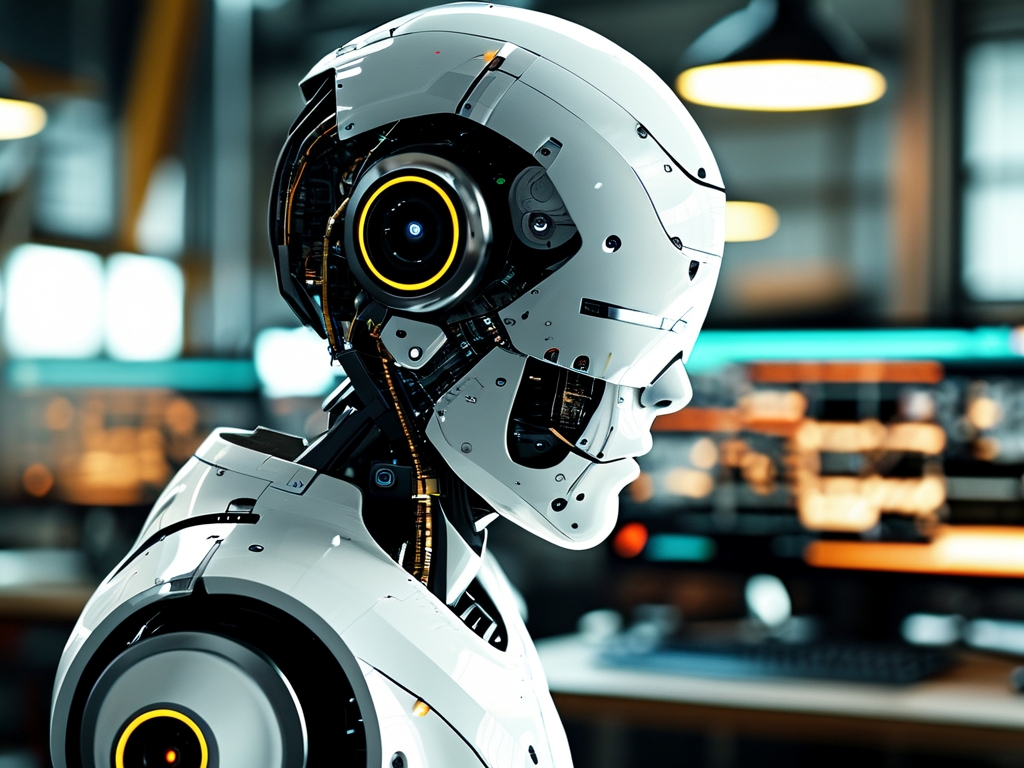The field of machine vision has undergone transformative growth over the past decade, and machine vision algorithm engineers now stand at the forefront of technological innovation. As industries increasingly rely on automated systems for quality control, autonomous navigation, and data analysis, the demand for skilled professionals in this niche has skyrocketed. However, this rapid evolution brings both unprecedented opportunities and complex challenges that define the current landscape for these engineers.

Industry Demand and Career Prospects
Machine vision algorithm engineers are highly sought after across sectors like manufacturing, healthcare, autonomous vehicles, and robotics. According to a 2023 report by MarketsandMarkets, the global machine vision market is projected to reach $18.2 billion by 2027, growing at a CAGR of 7.2%. This growth is fueled by the need for precision in industrial automation and advancements in deep learning frameworks like TensorFlow and PyTorch. Companies such as Tesla, Amazon, and Siemens actively recruit engineers who can design algorithms for real-time object detection, 3D reconstruction, and defect identification.
Salaries reflect this demand. In the U.S., entry-level engineers earn $90,000–$120,000 annually, while senior roles command $150,000–$220,000, especially in tech hubs like Silicon Valley and Boston. In emerging markets like China and India, local tech giants and startups offer competitive packages to retain talent, though compensation varies based on regional economic conditions.
Technical Challenges and Skill Evolution
Despite promising prospects, the role demands continuous upskilling. Modern machine vision systems require expertise in convolutional neural networks (CNNs), OpenCV, and GPU-accelerated computing. Engineers must also master multimodal data fusion—integrating LiDAR, thermal imaging, and RGB cameras—to build robust systems for applications like self-driving cars.
One major challenge is balancing accuracy with computational efficiency. Deploying vision algorithms on edge devices (e.g., drones or IoT sensors) requires optimizing models for limited processing power. Techniques like quantization, pruning, and knowledge distillation have become essential. Additionally, addressing dataset biases and ensuring algorithmic fairness in facial recognition or medical diagnostics adds ethical complexity to technical workflows.
Education and Training Pathways
Traditional computer science degrees remain foundational, but specialized certifications in AI and machine vision are gaining traction. Online platforms like Coursera and Udacity offer nano-degrees in computer vision, while open-source communities (e.g., Kaggle) provide hands-on experience through competitions. Many engineers also pursue advanced degrees to research cutting-edge topics like neuromorphic vision sensors or event-based cameras.
Industry-academia collaboration is reshaping curricula. Universities now partner with companies like NVIDIA and Intel to integrate tools like CUDA and OpenVINO into coursework. This synergy ensures graduates possess job-ready skills, bridging the gap between theoretical knowledge and industrial requirements.
Global Trends and Regional Disparities
The machine vision job market exhibits stark regional contrasts. North America and Europe dominate high-end R&D roles, focusing on autonomous systems and advanced manufacturing. Meanwhile, Asia-Pacific nations like China and South Korea lead in mass production applications, driven by electronics manufacturing and smart city initiatives.
Emerging economies face talent shortages. For instance, Latin American and African countries struggle to build local expertise due to limited access to specialized training infrastructure. Remote work and global freelancing platforms are slowly mitigating this gap, but systemic investments in STEM education remain critical.
Future Outlook
The next decade will see machine vision converge with augmented reality (AR), digital twins, and quantum computing. Engineers who adapt to these cross-disciplinary trends will thrive. However, geopolitical factors like semiconductor supply chain disruptions and AI regulation could impact growth trajectories.
Ethical considerations will also shape the field. Engineers must advocate for transparent AI practices, particularly in surveillance and biometrics, to maintain public trust. Professional organizations like the IEEE and CVPR are already establishing guidelines for responsible algorithm development.
In , machine vision algorithm engineers occupy a dynamic and pivotal role in the AI-driven economy. While technical hurdles and ethical dilemmas persist, the profession offers rewarding opportunities for innovators willing to navigate its complexities. As industries continue to automate and digitize, these engineers will remain indispensable architects of the visual intelligence revolution.





